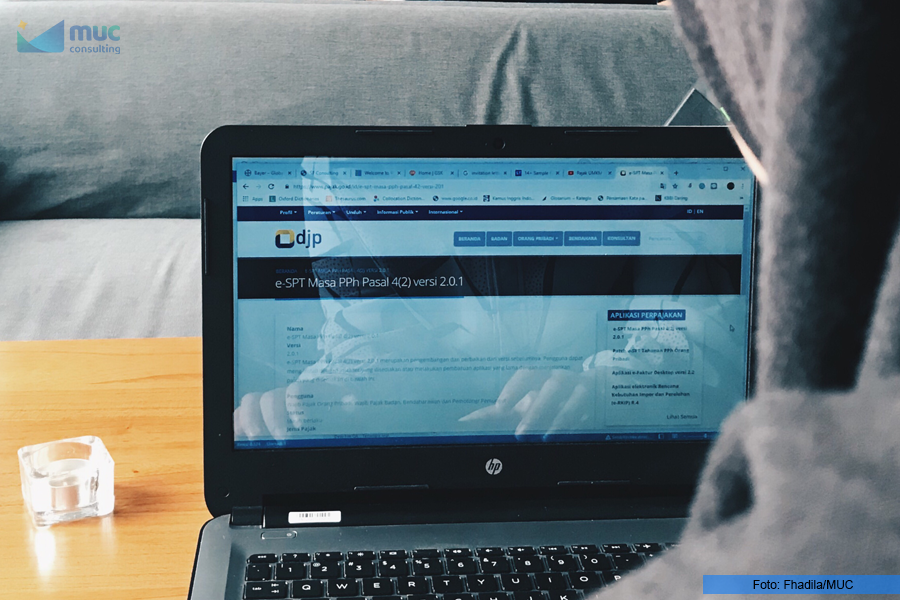Electronic Signature is Legally Used in an Objection Letter Via e-Filing
Friday, 07 August 2020

The Directorate General of Taxes (DGT) allows the use of electronic signatures in filing objection letters that are made electronically or via e-filing. It is as stated in the Regulation of the Director General of Taxes (Perdirjen) number PER-14 / PJ / 2020 regarding the Procedure for Submitting Objection Letter Electronically (e-filing) which took effect from 1 August 2020.
Submission of objections through e-filing can be done, if the taxpayer disagrees with the content or material of the tax assessment (Surat Ketetapan Pajak/SKP) issued by the DGT or the tax withholding and collection by a third party.
Actually, the provision for submitting objections through e-filing have been stipulated in the Minister of Finance Regulation (PMK) number 9 / PMK.03 / 2013.
However, the regulation does not regulate in detail the mechanisms and procedures for submission that are relevant to the current situation, one of which is the use of electronic signature.
What is meant by electronic signature is a signature that is used as a means of verification and authentication of an electronic document. Typically, an electronic signature will be attached to an electronic information that is usually used in an electronic transaction.
In the latest regulation, the use of electronic signature in objection letters via e-filing can be done as long as the signature is accompanied by an electronic certificate.
These electronic certificates are usually issued by DGT or other electronic certification providers.
Its function, to ensure that the electronic signature or verified electronic identity is owned by a legal subject of the parties in the transaction.
Via DGT Online
Besides providing certainty regarding the use of electronic signature, the regulation is also detailed and structured in explaining the procedure for submitting objections by e-filing. The following is the procedure for filing an objection by e-filing.
First, to be able to submit objections by e-filing, taxpayers must access the official website of the DGT or what is so called DJP online (DGT online), with the domain address www.pajak.go.id. After opening DJP online website, taxpayers can log-in and then choose a special e-filing channel.
To be able to login, make sure taxpayer has an Electronic Filing Identification Number (EFIN) which is a special code that DGT provides to taxpayer in order to access various channels of taxation services in DJP Online.
If the taxpayers don't have it yet, they must apply for EFIN activation to DGT.
In addition to having an EFIN, also make sure that taxpayer has registered an account in DJP Online. After that, make sure that taxpayer already has a valid Electronic Certificate. If you do not have an electronic certificate, or already have it but it is no longer valid, taxpayer must submit an electronic certificate request to the DGT.
Second, once all these requirements are fulfilled, taxpayer can apply for objections by selecting the e-objection menu on the DJP online page. Then follow the instructions provided, upload an objection request, and submit the reason for objection.
The reasons for objections can be submitted by filling in the available column, or uploading a document containing an explanation regarding the reasons. For information, the reasons that can be stated in the available column are limited to a maximum of 4,000 characters.
Furthermore, taxpayer will be required to fill in a statement regarding the correctness of the submitted data and sign the objection letter using an electronic signature by entering a passphrase and uploading an electronic certificate file. Afterward, taxpayer only need to send or submit the objection letter on the available menu.
Finally, the taxpayer just wait for proof of acceptance of the objection request electronically which will be sent by the DGT to the taxpayer's email registered in the DGT information system or downloaded on the e-objection application.


